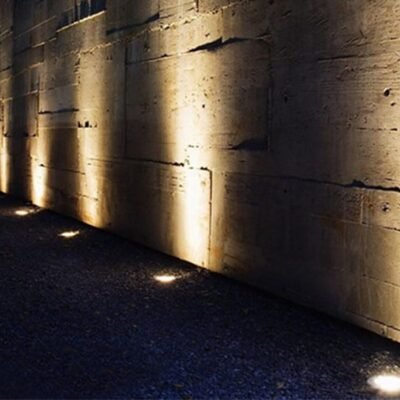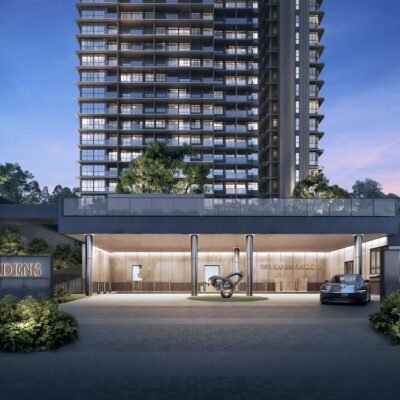In product photography, having the right equipment is crucial to capturing stunning and compelling images that effectively showcase the products. Essential equipment for product photographers includes a high-quality camera capable of capturing intricate details, a range of lenses to achieve desired focal lengths and perspectives, a sturdy tripod for stability, appropriate lighting equipment to create the desired ambiance, versatile backgrounds, and props for creative compositions, a dedicated product table or shooting surface, a lightbox or light tent for controlled lighting conditions, post-processing software for fine-tuning the images, and various accessories to aid in the photography process. This comprehensive guide will delve into each of these equipment categories, providing insights and recommendations to help product photographers achieve professional results.
Camera:
Camera selection is a crucial aspect of product photography. Different types of cameras are suitable for product photography, including DSLR cameras, mirrorless cameras, and even high-end smartphones with advanced camera capabilities. When choosing a camera, key features to consider include resolution (megapixels), sensor size, ISO range, autofocus capabilities, dynamic range, and connectivity options. For those on a budget, entry-level DSLR or mirrorless cameras offer excellent image quality and versatility. Mid-range options provide more advanced features and better performance. For professional photographer NYC or those seeking top-tier image quality, high-end options deliver exceptional results but come with a higher price tag. Ultimately, the choice of camera should align with your specific needs, budget, and long-term goals in product photography.
Lenses:
Lenses play a crucial role in product photography, allowing photographers to control perspective, depth of field, and image sharpness. Commonly used lenses in product photography include prime lenses, macro lenses, and zoom lenses. Prime lenses with fixed focal lengths, such as 50mm or 85mm, are popular for their sharpness and versatility in capturing a wide range of products. Macro lenses are designed for close-up photography, enabling photographers to capture intricate details with high magnification. When it comes to focal lengths, the best choice depends on the product type and desired composition. For small products, a focal length between 50mm and 100mm is often recommended, while longer focal lengths like 100mm to 200mm work well for larger items or when shooting from a distance. In terms of lens features, important considerations include aperture range for controlling depth of field, image stabilization for reducing camera shake, and lens construction for optimum image quality.
Tripod:
Tripod stand offers several benefits to a product photographer. Firstly, it provides stability, ensuring your camera remains steady during the shoot, resulting in sharp, blur-free images. A tripod also allows for precise composition and framing, especially when capturing products from specific angles or shooting in challenging lighting conditions. When selecting a tripod, factors to consider include weight and portability for ease of transportation, height adjustability to accommodate different shooting setups, stability to support the weight of your camera and lens, and flexibility in terms of adjustable legs and tripod head.
Lighting Equipment:
Proper lighting is essential in product photography as it determines the overall mood, highlights product details, and enhances the visual appeal of the images. Two main types of lighting equipment are commonly used: continuous lighting and strobe lighting. Continuous lighting provides a constant light source, making it easier to preview and adjust the lighting setup in real time. Strobe lighting, on the other hand, delivers short bursts of intense light, allowing for freeze-action photography and precise control over the lighting output. Key lighting accessories and modifiers include softboxes, reflectors, diffusers, and umbrellas. Softboxes soften and diffuse the light, creating even and gentle illumination. Reflectors bounce light to fill in shadows and provide additional highlights. Diffusers help to spread the light and reduce harsh shadows. Umbrellas, both reflective and shoot-through, offer versatility in controlling the light direction and intensity.





